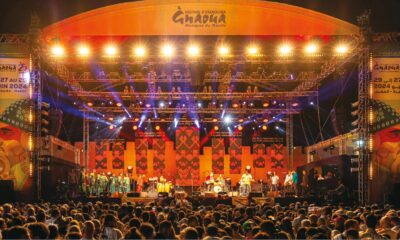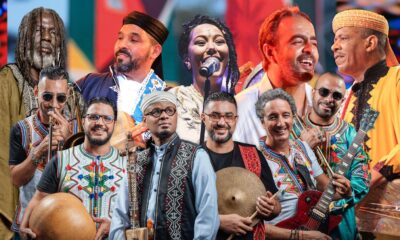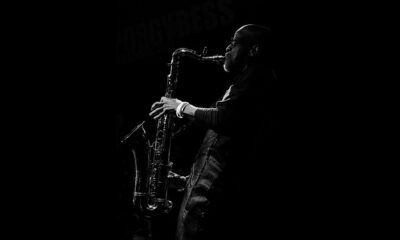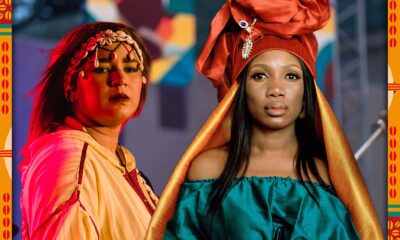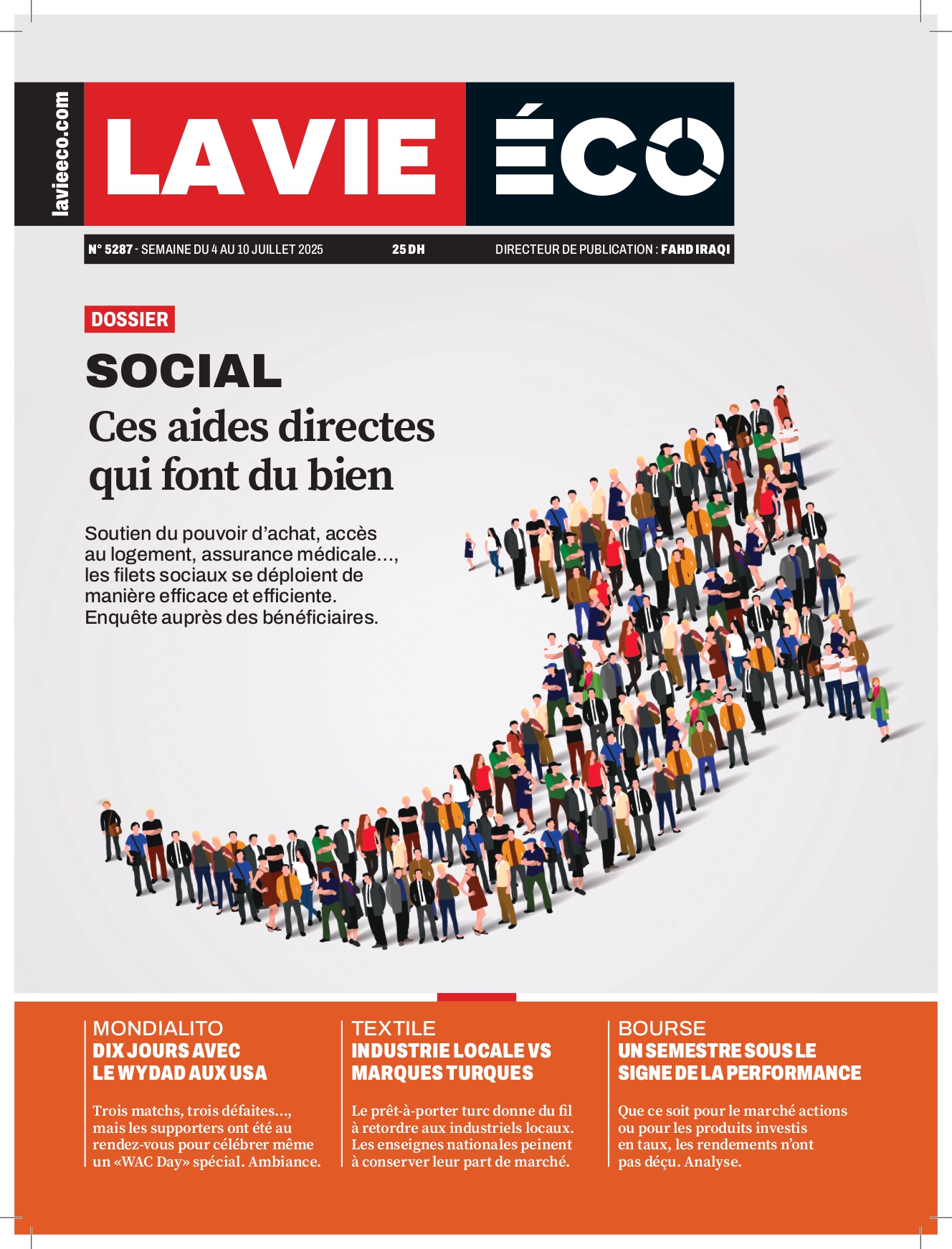Influences
Gnaoua and World Music: A Wave of Sound Engulfs the City of Trade Winds
From June 19 to 21, the 26th edition of the Gnaoua and World Music Festival transformed Essaouira into a beacon where rhythms from around the world converge. More than 300,000 souls, carried by the earth-shaking pulse of the guembri, merged into an ocean of rhythms where currents of cultural fusion weave sonic constellations. In this city swept by the trade winds, music became a shooting star, illuminating souls with a boundless trance.
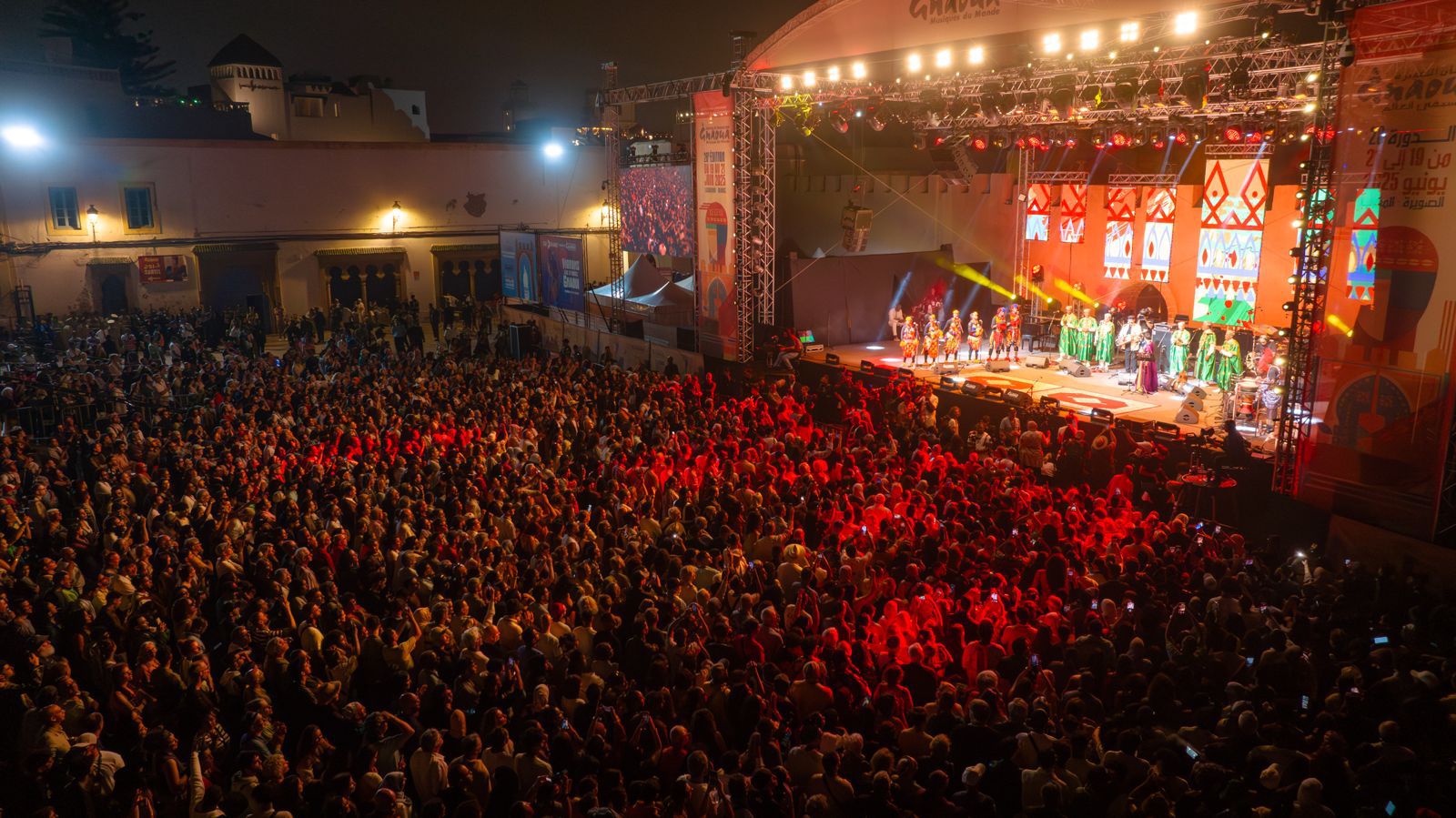
Three days. Three nights. An uninterrupted trance. The 26th Gnaoua and World Music Festival turned the pearl of the Atlantic into a bubbling cauldron of rhythms, encounters, and fervor. Over 300,000 people surrendered to this jubilant celebration, where the guembri converses with the oud, and Senegalese drums answer electric riffs. Here, there’s no pretension: the music hits hard, bodies vibrate, borders fade away. This year, the Essaouira wind didn’t just blow—it roared.
Thursday, June 19, 8:30 PM. Moulay Hassan Square, bathed in a warm, earthy light, ignites. The shrill seagulls and furious waves set the prelude. The already dense crowd is restless. Hamid El Kasri, the undisputed master of the guembri, opens the dance with the Bakalama Company, Abir El Abed, and Kya Loum. Immediately, it’s a blaze. The appearance of the “Kumpo,” a Senegalese dancing spirit draped in rônier fibers, propels the evening into another dimension. His muscular, hypnotic choreography compels the crowd to sway. Shirts come off, bodies electrify. Young people in sneakers, professionals in jeans: all are swept away, singing at the top of their lungs, dancing without restraint. “A crowd that lets go—that’s the magic of Essaouira,” a festival-goer would later say, eyes still shining. Then Houssam Gania and Marcus Gilmore take over, blending the guembri’s haunting lament with the pulsations of a possessed jazz drum set. The tone is set: this festival will be a journey, an emotional rollercoaster.
And when Majid Bekkas takes the stage for a blazing finale, it’s the climax. “Fusion is a balanced exchange, a mutual learning,” shares the artist, whose album Joudour (Roots) proudly carries the colors of Moroccan afro-fusion, nourished by desert blues and soul. “My roots are those of Africa, of the desert. That’s what I want to make heard.”
Trance as Heritage, Fusion as Sharing
The Gnaoua Festival is a philosophy: fusion as an antidote to confinement, like fresh water drawn between two rocks. This year, the fusions reached new heights. Dhafer Youssef, the Tunisian oud player on a universal quest, delivered a set with Maâlem Morad El Marjani of mystical intensity, where the oud, far from oriental clichés, becomes a vessel for raw emotions. “My dream is for the oud to be seen like a piano or saxophone: an instrument that tells human stories,” he explains. “On stage, I felt like I was at the center of the world. Moroccans, with the gnaoua, have a gift from the heavens.” The crowd didn’t intellectualize it—they danced, vibrated, and communed.
CKay, the Nigerian afrobeats star, captivated a connected, cosmopolitan youth. “This festival is an exploration,” says the author of Love Nwantiti. “Music speaks to the soul, beyond barriers (…) Being here means vibrating with this unique energy.” From Ribab Fusion to Rokia Koné, from Tiken Jah Fakoly to revelations like The Leila, each performance added a layer to this musical mille-feuille, where gnaoua dialogues with jazz, blues, or electro.
Gnaoua Flows Freely, Groove Is On!
Saturday, June 21, 11 PM. The medina is a labyrinth of moving bodies. It’s impossible to make a path to Zaouia Sidna Bilal, where Abdellah El Hommadi and Abdenbi El Meknassi offer an intimate concert, like a farewell gift. The alleys overflow, the squares suffocate under a colorful crowd: dreadlocks à la Bob Marley, bare navels, piercing ululations, and shouted refrains. “It’s more than a festival, it’s a collective trance,” says a cameraman, showing photos of an unbridled youth whose eccentric looks rival the energy of the Maâlems.
At 1:15 AM, the duo Khalid Sansi-Cimafunk sets the stage on fire for a final battle. Two hours later, the curtain falls, but the party goes on. In cafés and on the beach, festival-goers replay the highlights, dissect performances—from Maâlem Mohamed Boumezzough and his blazing septet to the telluric grace of Asmaa Hamzaoui & Bnat Timbuktu.
It would be futile to recount every moment of grace from this edition, so numerous, vibrant, and unforgettable were they. Yet it’s impossible not to salute the brilliance of the Maâlems who elevated the art of gnaoua to new heights, weaving bold dialogues with exceptional instrumentalists. Houssam Gania, Mohamed Boumezzough, and Maâlema Asmaa Hamzaoui & Bnat Timbuktu, among others, brilliantly met the challenge of intertwining their deep rhythms, drawn from the earth, with the electric pulses of other worlds, in an alchemy as perilous as it was masterful. “Gnaoua is a living force, not a museum,” insists a young Maâlem. And he’s right: with 55 concerts, 350 artists from 14 countries, and a crowd of 300,000 souls, this edition proved that heritage is a momentum, not a relic.
Three days of joyful delirium, aerial grace, and rhythms pulsing like a beating heart. The 2025 Gnaoua Festival didn’t just celebrate music: it reminded us that fusion is strength, culture is a bridge, and the guembri can make the world dance. “We were on a cloud,” gasps a festival-goer, still dazed. Coming down? Out of the question. See you in 2026, June 25 to 27, to do it all again. Essaouira is far from done roaring.
A Laboratory of Ideas and Roots
Beyond the stages, the festival became an agora. The Human Rights Forum, themed “Human Mobility and Cultural Dynamics,” featured voices like Véronique Tadjo and Elia Suleiman questioning creation as an act of resistance. The UM6P Chair offered a rare dialogue between researchers and Maâlems, where bodily knowledge met scholarly words. The Berklee program, with its 74 young musicians from 23 nationalities, planted seeds for the future. And everywhere, impromptu concerts—from Kurdish sounds at Borj Bab Marrakech to Berber grooves on the beach—transformed Essaouira into a city-stage.



